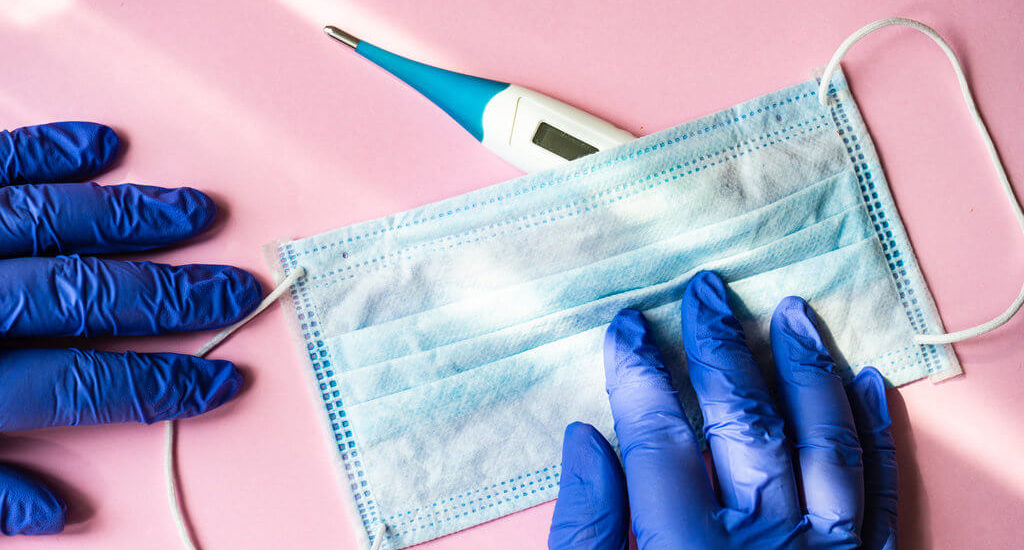The onset of COVID-19 and the resulting illness has forced many sectors in the society to adapt to the many unexpected changes regardless of how good or bad it is. And while business establishments and commercial facilities in the United States are doing what they can to survive, no other sector has been greatly affected than hospitals and medical institutions as they have to deal with the primary effects of the coronavirus every single day.
Truly, the coronavirus has severely tested the capacity, operations, and resources of these medical facilities, which is why the need for setting up temporary hospital wards and makeshift tents to address the seemingly endless wave of incoming COVID-19 patients.
But have you ever wonder what makes of these temporary tents when the situation goes back to the normal way of life that we’re familiar with? And to be more specific, what happens to makeshift medical shelters after the coronavirus pandemic?
Get to know more about this as we explore this topic in today’s entry.
The Long-Term Implications Of Makeshift Medical Shelters

Healthcare organizations around the country, along with the engineers from the US Army Corps have made efforts to convert large areas such as convention centers and public parks into temporary hospitals to properly address the need for treatment for COVID-19 patients.
But what happens to these facilities when the situation returns to pre-coronavirus conditions is subject to speculation. Some may think that temporary field hospitals may continuously be utilized once we reach the so-called “flattening of the curve”, while others suggest they have to be disposed accordingly to suppress any remnants of the coronavirus that might remain on the materials of these medical tents.
Yet, most experts in the field of medicine said that facility managers of both private and public medical institutions are likely to stock these temporary tents for future use. And the reason for this is these makeshift facilities will still be crucial in avoiding any overwhelming critical care requirements should another wave of the infection will happen. In other words, such shelters will be kept in as supply reserves and will be deployed for possible upcoming cases of COVID-19.
Likewise, medical tents will also be utilized to accommodate widespread testing to prevent the virus from spreading again at a pandemic scale.
Until a COVID-19 vaccine is developed and the herd immunity will happen, we’re still be experiencing recurring waves of coronavirus infection not only in the United States, but also in different countries around the world.
That’s the reason why experts agree in keeping these medical tents for future deployment to ensure hospitals and clinics will not be overwhelmed with the continuous flow of COVID-19 infected patients.
Final Thoughts
Overall, makeshift medical shelters will be considered as essential facilities for limiting, and ultimately stopping the spread of COVID-19. And by keeping these tents in storage, the capacity of our country’s health system in dealing with future surges of coronavirus will be more effective. And thus, giving us a better chance of transitioning back to our daily activities until a vaccine is discovered.

